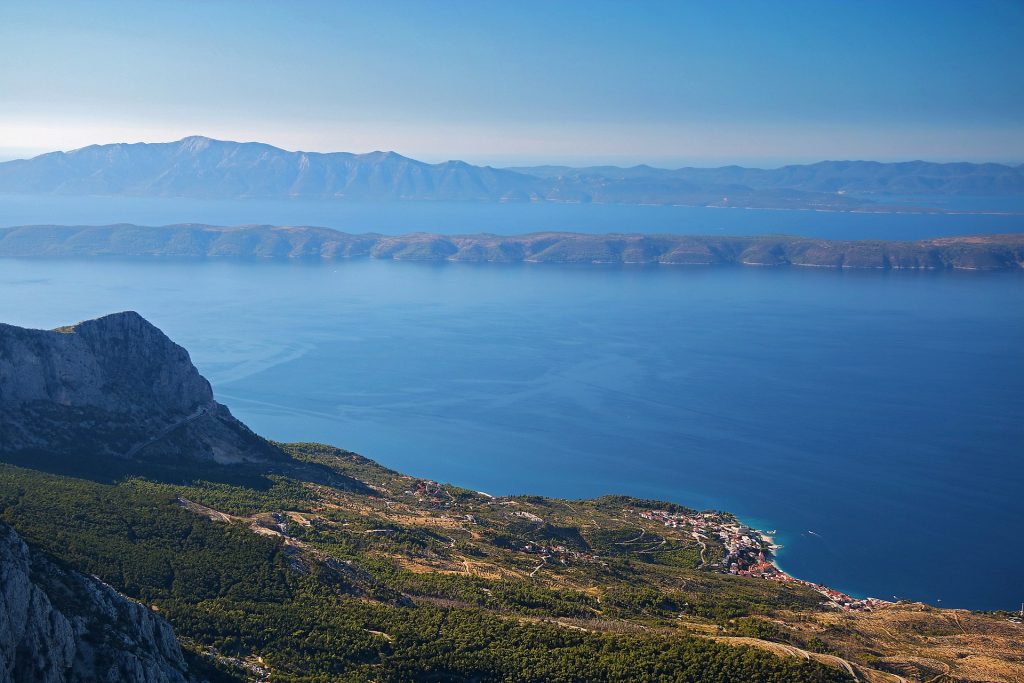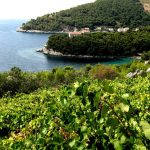October the 24th, 2024 – Satellite technology is set to monitor Croatian seawater quality on beaches up and down the country.
As Morski writes, the Croatian Institute of Public Health (HZJZ) recently announced the launch of the innovative Coastal Anthropogenic Pollution Risk Identification (CAPRI) project.
The project will being an advanced technological system based on artificial intelligence (AI) for monitoring Croatian seawater quality using satellite images and field data. The project is aligned with European guidelines for sustainable development and climate security, which makes Croatia a leader in the application of the most modern technologies in terms of public health.
The representatives of the project pointed out that the CAPRI project is extremely important for the improvement of public health because it enables the expansion and further modernisation of the current Croatian seawater quality system on beaches throughout the nation. By using this satellite technology, HZJZ, educational and county institutes will now be able to collect data more quickly and frequently, including on remote and very isolated locations such as uninhabited islands.
This will ensure the safety of human health and ensure a quick reaction in case of detection of pollution, such as dangerous E. coli bacteria or intestinal enterococci. The implementation of the CAPRI project will last until December 2026.
the crucial advantages
The key advantages of using this type of technology for Croatian seawater quality monitoring cover several areas. The first of which is geographic coverage. Sea quality monitoring in this manner will cover the entire Croatian coast, including islands and extremely remote areas.
In addition, it will allow for much more frequent and precise monitoring. These images will enable daily monitoring, regardless of any adverse weather conditions or the physical availability of locations.
Then comes the much more dynamic monitoring of pollution. In addition to static sources of pollution, this innovative system will enable monitoring of dynamic sources such as maritime traffic, which is extremely important during the summer months. Next, we come to the proper development of predictive capabilities. Using a digital twin, this system will predict environmental trends and accurately assess environmental and public health risks.
The new system will allow for the rapid integration of new recognised pollutants. It will be able to be quickly adapted to monitor other sources of pollution such as microplastics when monitoring Croatian seawater quality.
Next comes one of the hottest topics of science today – climate change This system will work to further strength the Adriatic’s resistance to climate change. The system will be able to be quickly adapted to monitor climate-induced phenomena such as excessive sea temperature growth, plankton blooms, jellyfish invasions, and more. All of the aforementioned have a negative effect not only on human health and that of biodiversity, but also on the blue economy, which is a very important part of the Croatian economy.
It won’t stop at Croatian seawater quality monitoring. This type of technology can be extended to cover both air and land. The monitoring of air quality, vegetation cover, freshwater systems and the general condition of terrestrial ecosystems can all be treated with the same tech.
Last but by no means least comes support for Croatian tourism and the very significant blue economy. The continuous monitoring and management of the cleanliness of the sea and the entire coastal zone will be a key factor in developing the sustainability of Croatian tourism and strengthening climate security.











